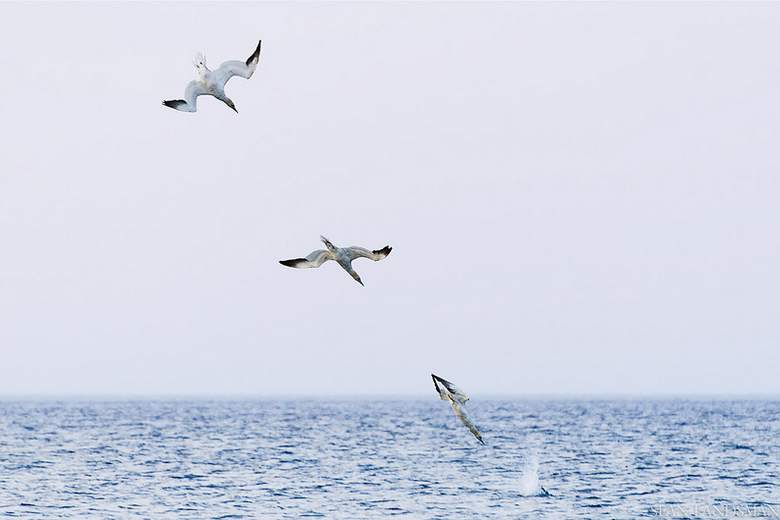
Dove hunting has been started since ancient times. People in forest wander around to search a dove for hunting. This is one of the most beloved passions of wing shooters. Largest dove roosts found in Argentina, America. Whenever there is a season of dove shooting, it is celebrated as an event. Some buddies are called upon and whenever there is gun shooting everything is forgotten if some gray dove leaves with an empty gun.
Fun to do:
How many shot shells are required for a dove to be in your bag? This question was answered by an expert many years ago. According to him, it takes four-shot shells to be fired for a dove to be in the bag. Usually, doves do not scare anyone, like ringneck rooster that clacks in mad way over the path one passed on. The most exciting event in the start of the year is dove hunting. As their season starts in January, so it is said that exciting year has begun. It is a recreation that is available to wing shooters. Feeding field hunts are considered best for dove hunting.
If it is asked why doves are most hunting birds and that everyone likes to go for them, it would not be useless. Dove is a petite bird with a light and weighs a few ounces with easily broken structure. Also, they require fewer palettes to drop. Like many other hunting types, dove hunting needs some tips. Dove Hunting Tips are being described here to make a perfect hunt.
Rounds of practice:
Many Practice rounds are needed to shoot the exact. Good dove shoot is not so difficult to achieve. Observing shoot activity also helps in enhancing shooting ability. Practicing shooting from different angles is crucial, and from different distances.
Hot spots for doves:
The location that is liked most by doves should be identified. Sufficient knowledge is necessary for this field if you are going far places rather dove feeding fields. Graveling sites, tall vegetation, sand bars and watering areas are considered hot spots for doves. Watching dove practices and flying habits helps a lot in a shooting.
Right gauge selection:
Selection of right gauge is very essential in a shooting. Dove shooting guns range from $100 to thousands of dollars. 12 to 0.410 gauge works, and it depends on the shooter how he feels comfortable.
Choke selection:
Wide skeet bore is good for those doves passing from your position to 15 to 25 yards. A full choke is never needed for dove hunting. For pass shooting doves at random distances, double and improve choke is imperative.
Stop movement:
Using a camouflage is the best Dove Hunting tip. Dove can see colors and avoid dark-hued colors. If they see any movements, they flare up. While viewing a bird or flock, stop every movement. Raising the gun before dove is in, cause it to fly and avoid coming back.
Time selection:
It is central to hunt a dove. Early morning is the best way to hunt the dove because they may come close, and there is no other hunter in the field at this time.
Necessary equipment:
To shoot a dove, some important things must not forget to take. These are Ear plugs, hat with the brim, insect repellent, snack, water, and sunscreen, binocular to keep the eye on dove and decoys often needed but not all the times.
Enjoy first shooting:
It is crucial to pre-scout the dove field before making a plan to shoot. Watching dove habits helps greatly in an exact shooting. Most flying activities occur at 2 to 3 pm. Dove stand location is very important. Always choose the point that differs from the surrounded habitat. Low angle shoots must be avoided to secure pellets.
Raise gun appropriately:
Wing shooting is a rhythmic and dynamic activity that needs some cautions. Raising the gun too early cause doves to flare around. Ideal shooting range for doves is 40 yards or less, so wait for this distance to overcome and smoothly raise the gun. Hunter should stay active and aware of the flock activity when they fly together. Weed seeds, thistles, millet, corn, milo, sorghum, and peanuts are used as dove food.




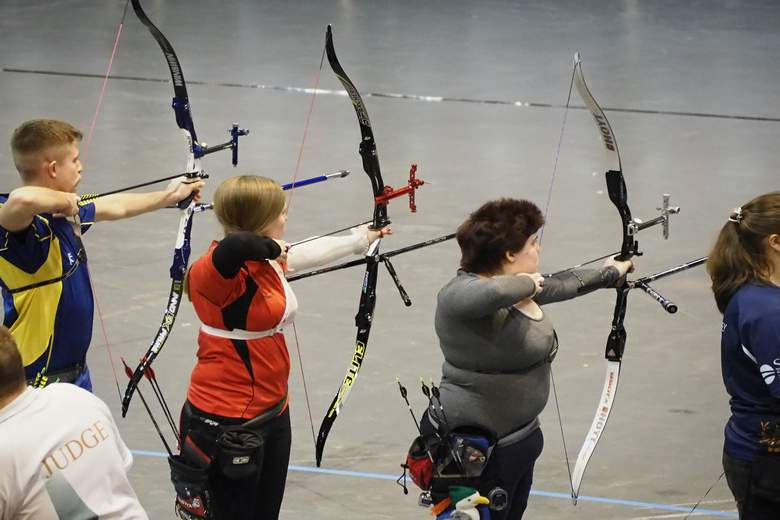
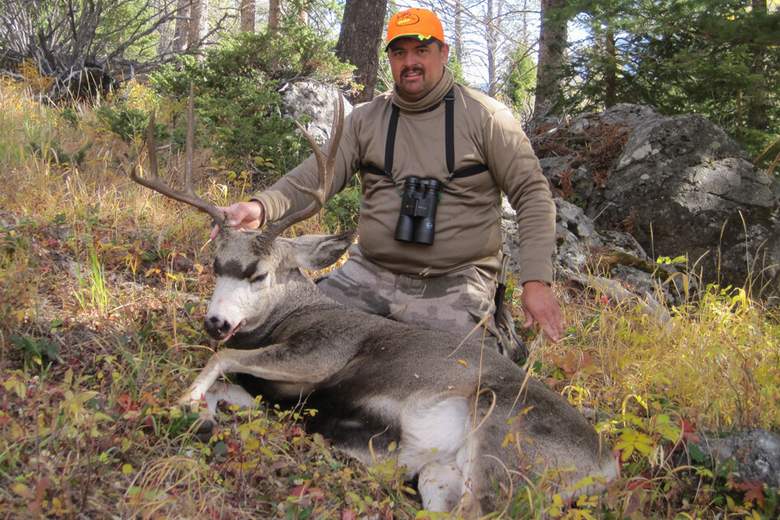
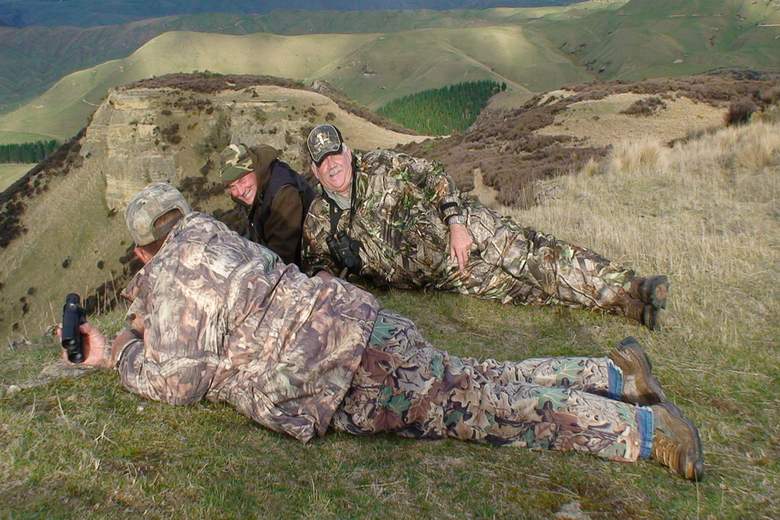
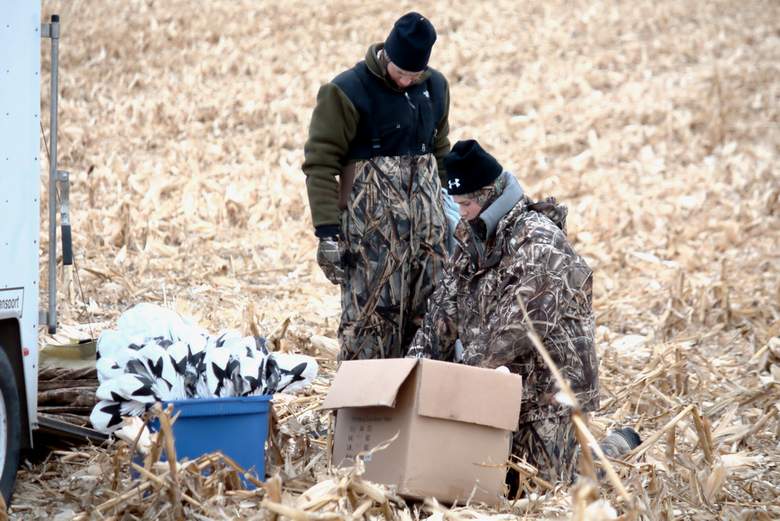
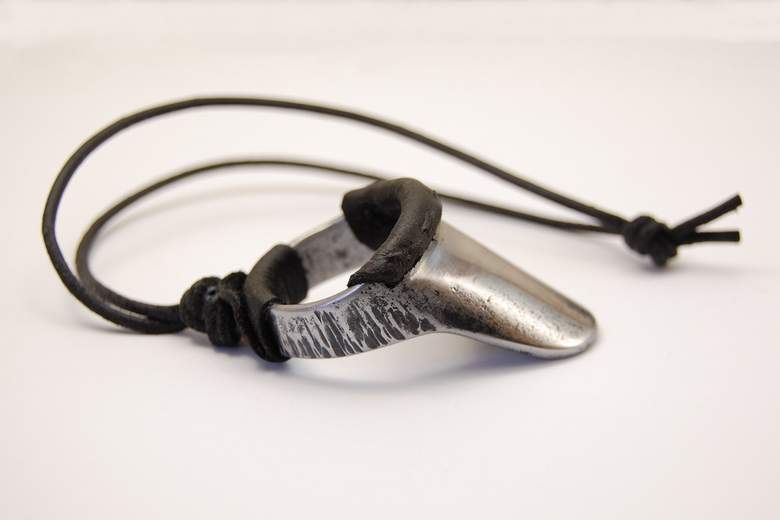



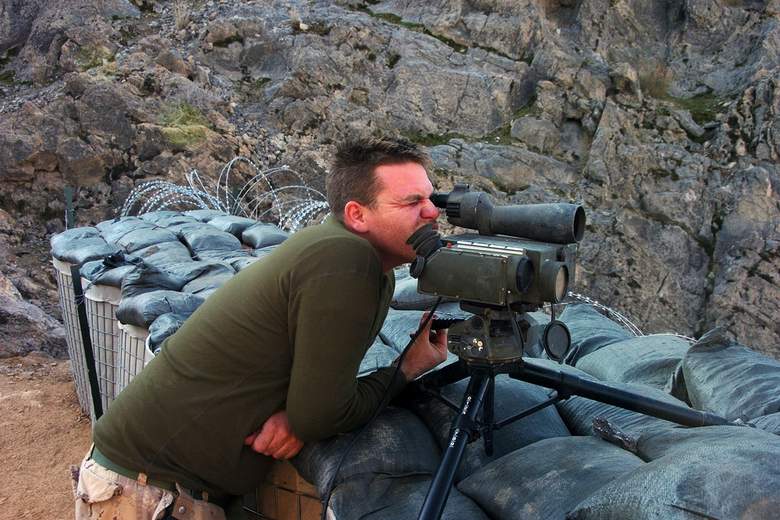
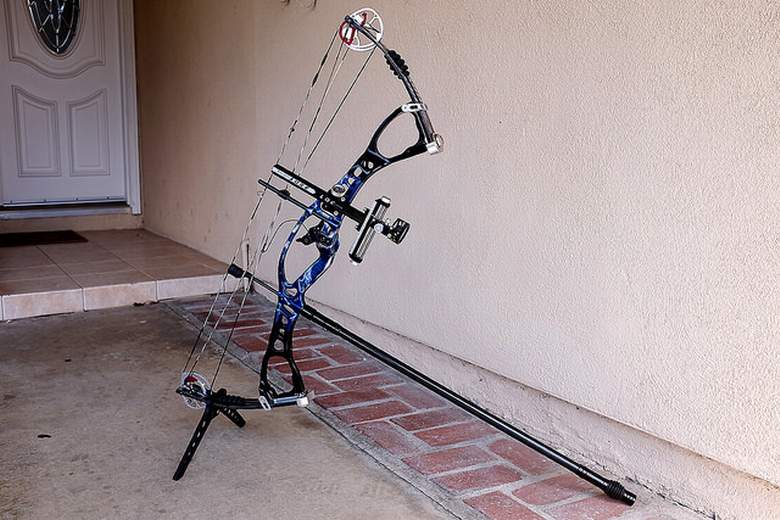
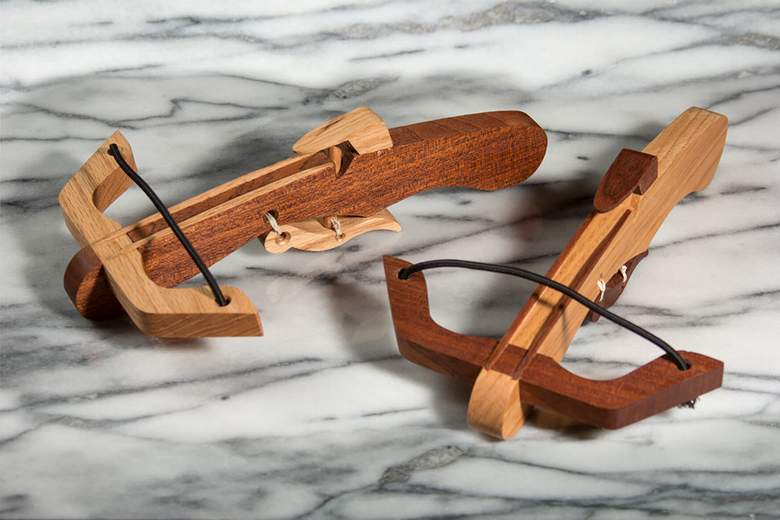
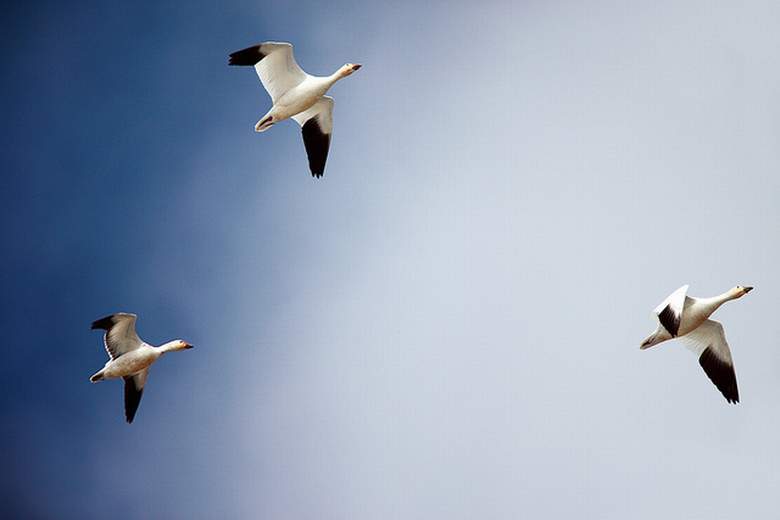
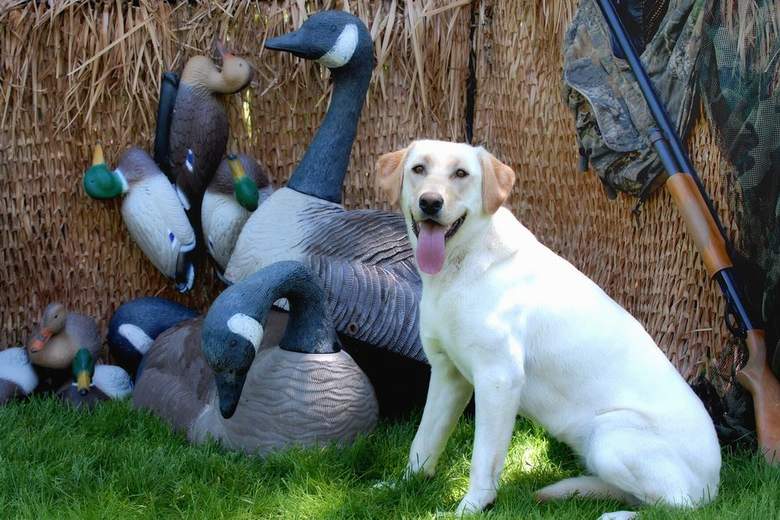
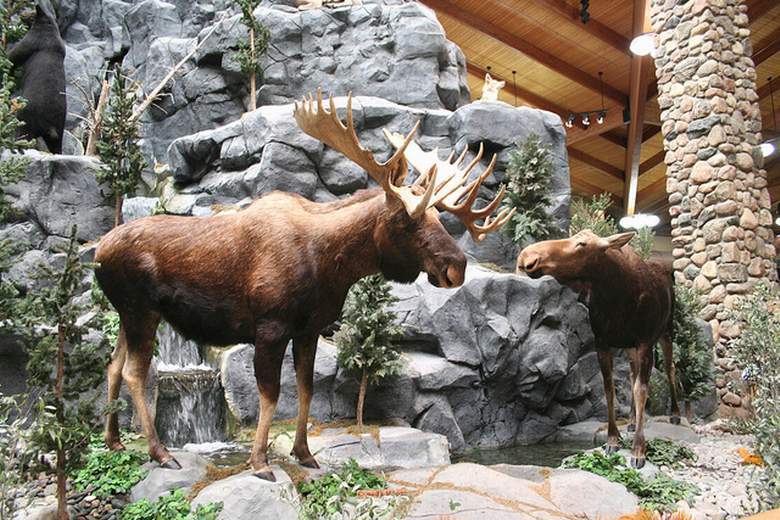
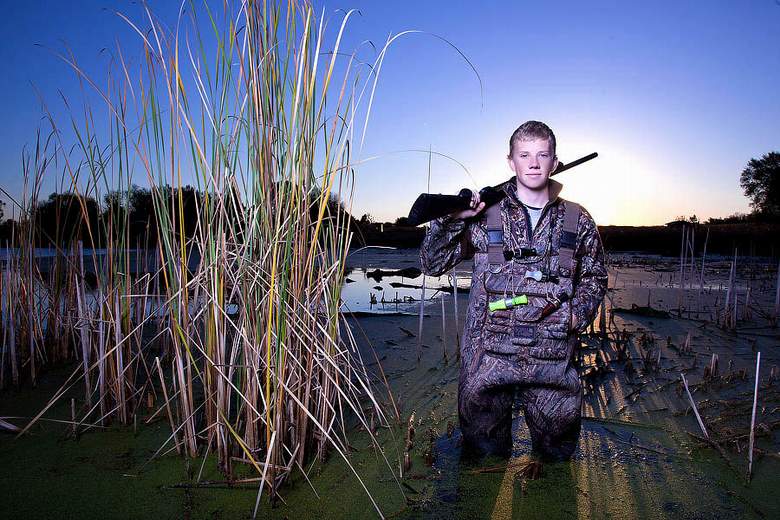

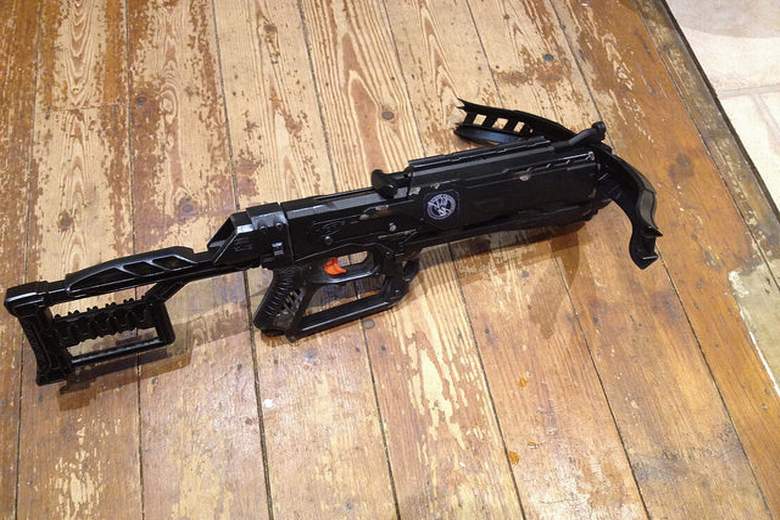
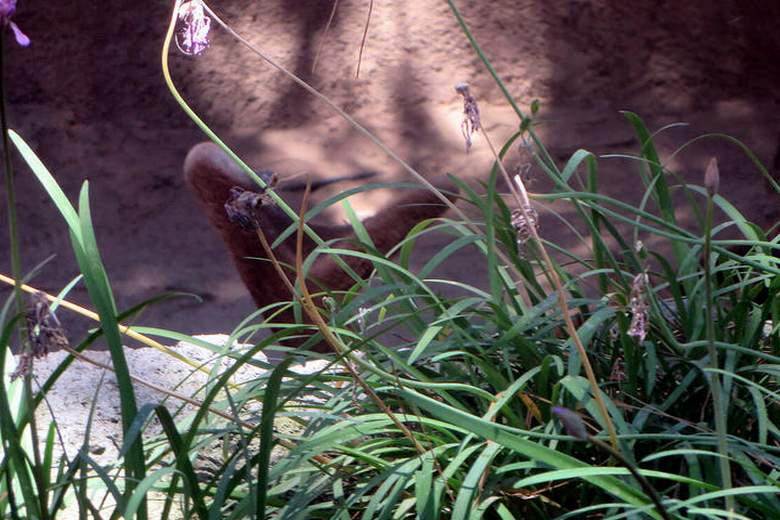
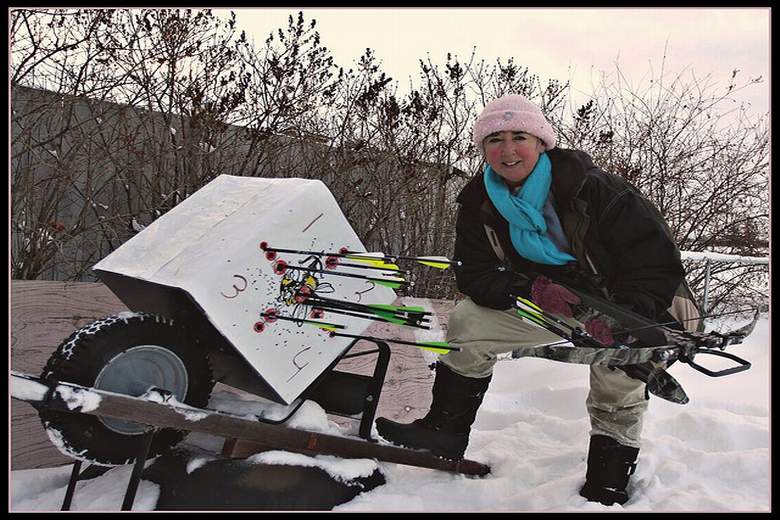

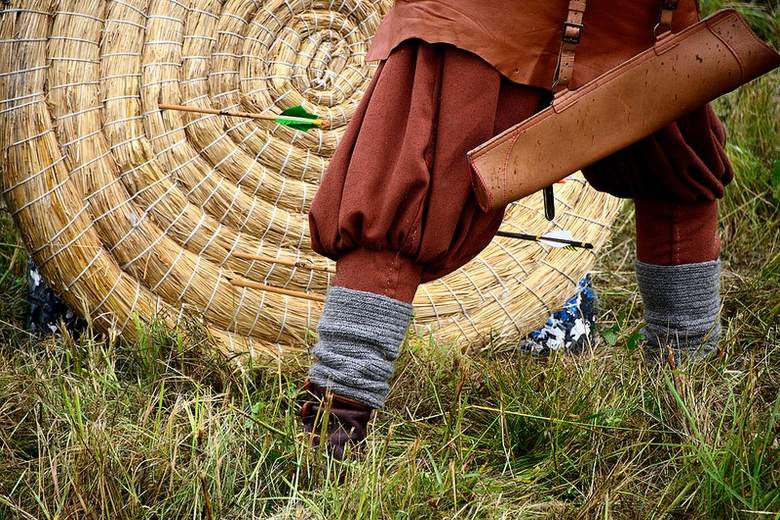
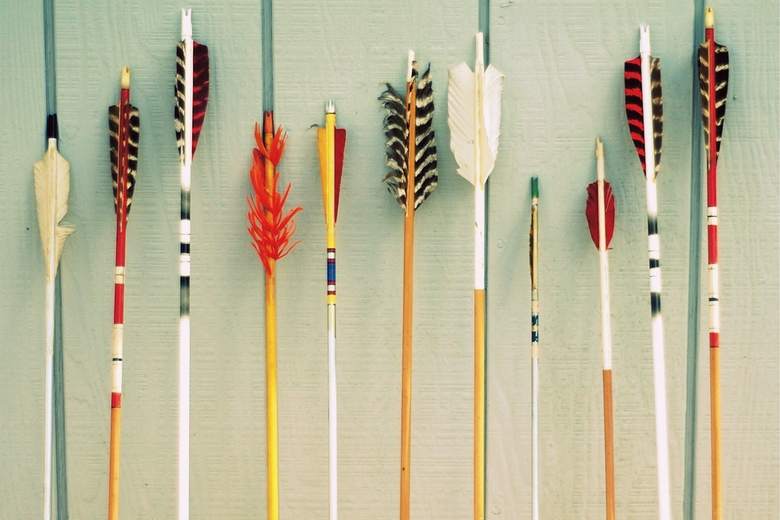
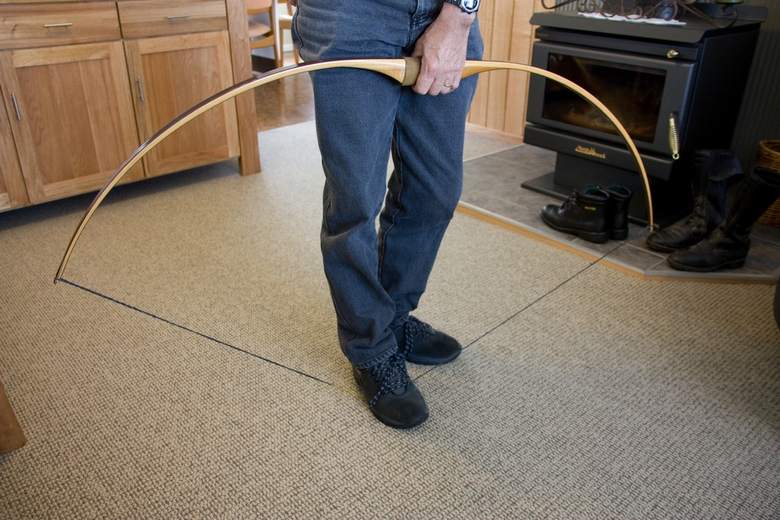
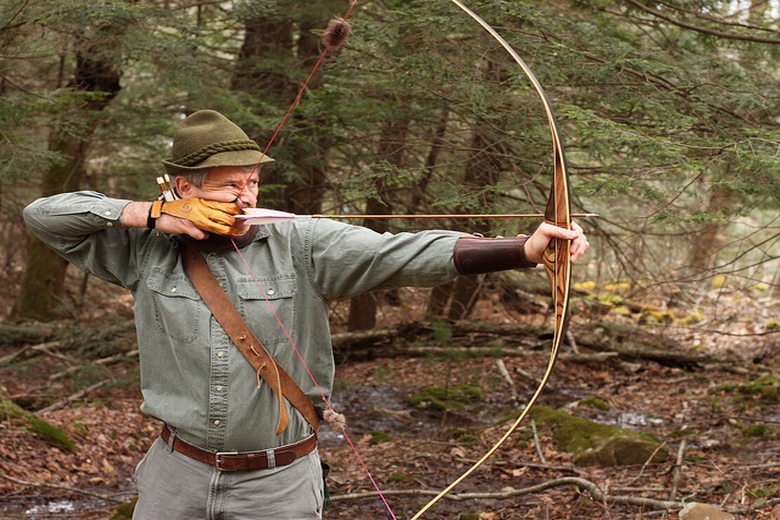
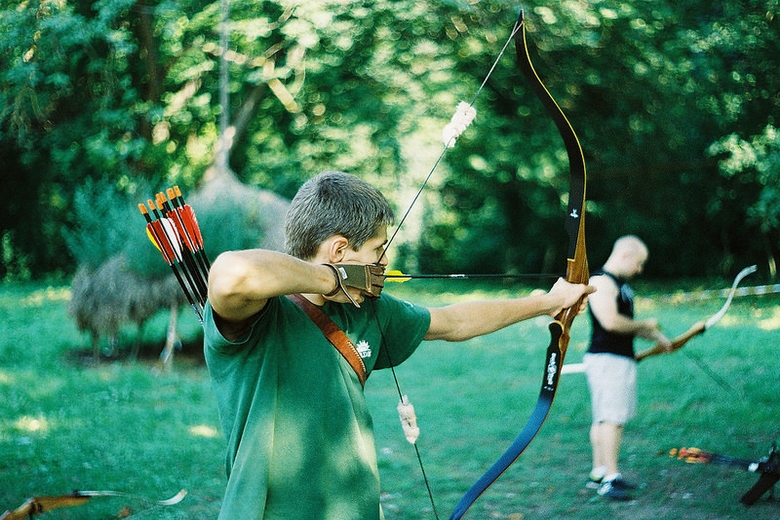
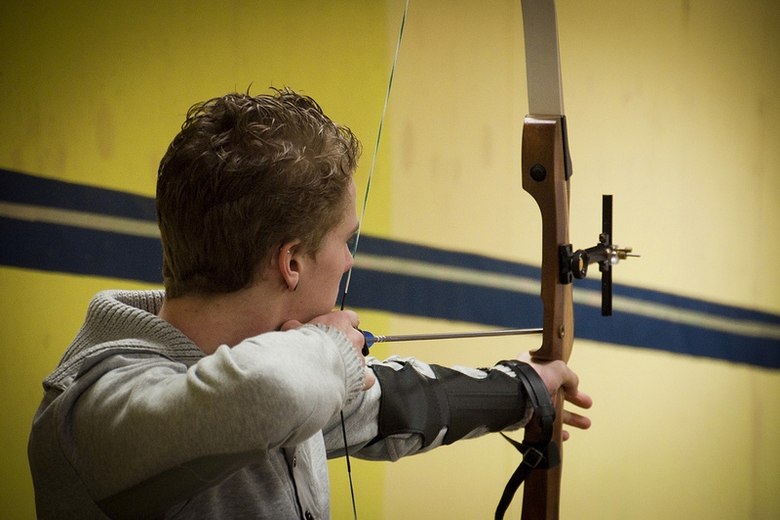


Comments
Submit Comment